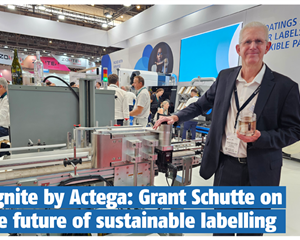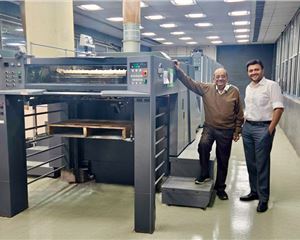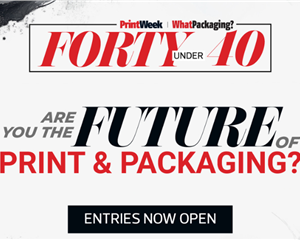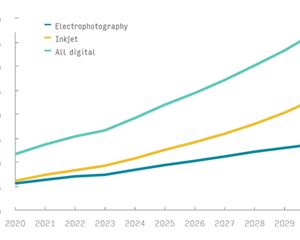Product of the Month: Polyart security portfolio
“Because we are a HDPE film, the conformability of our label remains perfect in any situation, unlike paper, easily damaged in Indian weather conditions, or PP or PET/holograms materials,” Gerald Iannone, Asia Pacific general manager, sales and marketing, Arjobex Polyart, tells Rahul Kumar
26 Dec 2024 | By Rahul Kumar
What does the substrate/ material do?
Polyart Group offers complete solutions for security label needs, from tamper evidence to embedded security features. It is one of the most effective anti-counterfeiting solutions in the market with excellent printability and high conformability. Polyart Security Portfolio is a unique HDPE film that immediately delaminates if the label is removed. Thus, it protects goods against tampering and guarantees their authenticity, especially if combined with track and trace. Our customers prefer our tamper evident solution because it offers remarkable efficiency in terms of high- speed thermal transfer printing, a unique matt look and perfect stability for label dispensing on cap or unedge surface.
How is HDPE film better than other substrates?
Because we are a HDPE film, the conformability of our label remains perfect in any situation, unlike paper, easily damaged in Indian weather conditions, or PP or PET/holograms materials. The rigidity of PP films or PET holograms, for example, may offer large rejections, as we saw in many cases, with labels not sticking properly or even not delaminating. We have experienced this in Delhi/NCR where, in the same fridge, Polyart Temper Evident TE60, which is the specified material for excise stamps perform perfectly well avoiding any attempts of leakage or counterfeiting, whereas other substrates, which are not specified don’t even stick properly on the bottles; losing the entire purpose of track and trace security labels.
Which are the different variants?
The complete security portfolio includes coated tamper evident facestock (TE 60); coated tamper evident facestock with hidden fibres (STES); coated tamper evident facestock with hidden fibres as well as blue coating on the adhesive side (Authentiseal) and the newly launched TE LCS 100, a thinner uncoated version, in response to the Indian demand, that performs well in terms of printability, delamination and conformability.
How do these variants differ from each other?
These variants differ largely in terms of the level of security a brand or government is looking for in a label. If they are looking for a high volume and a competitively priced solution, the new TE LCS 100 is a good solution, even if its aspect is less luxurious than TE60 coated (of course, the top coating makes a difference). In case customers require a high-quality label with just overt features, a nice luxury look and complex printing, TE60, our standard for over 15 years, is the perfect product. Finally, if customers need covert features like hidden fibres, poly-dots, taggants etc, in the case of very sensitive or high-value products, they can opt for STES, which is the tamper evident film in 60-gsm with hidden fibres. Fibres are easily visible under UV light/IR, ensuring a higher level of security/brand protection We also have exclusive solutions in partnership with Edgyn, a French security company, that doesn’t require printing. We should be able to promote a revolutionary digital security solution, authenticating with a phone camera by 2025, with their support.
When was the substrate/material launched?
Polyart TE was launched in 2006 based on an observation of the market and a demand for printable security filmic solutions.
.png)
What was the thought process when the substrate/material was conceived?
We could see that most of the security solutions were on paper. At the time, Polyart was part of Arjowiggins Security, a division that was making banknotes or passports. Paper offers amazing options but also has a lot of limitations when it comes to humidity, tear resistance or even label dispensing.
There was a demand for a synthetic film that prints perfectly and delaminates like paper. Even after 55 years of existence, Polyart still has a unique process. And it’s this process along with HDPE raw material that allows our film to delaminate like paper. Like paper, Polyart is the only synthetic in the market that can be embossed mechanically. And finally, our paper-like coating offers a real differentiation. So, it made sense to develop a product and go into this market, taking advantage of our parent company, when it comes to security coatings.
Users’ numbers worldwide?
Polyart TE is sold on all continents and specified by many governments. Growth has been steadying these last few years, and we expect further growth with the launch of the TE LCS100.
Contact details
Shweta Chhabra
Sales and Marketing Director Polyart
shweta.chhabra@polyart.com
Phone +91 9643326420



.JPG)

.JPG)
.JPG)









 See All
See All